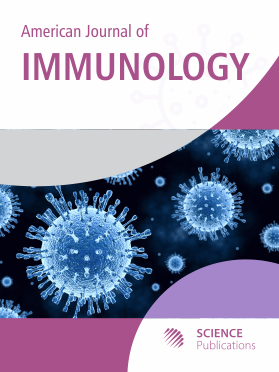Introduction of Three Complementary Technologies into Clinical Medicine: Development of New Diagnostic and Prognostic Parameters
- 1 Medical University of Graz, Austria
Abstract
Molecular medicine leads us to understand some diseases at the molecular level. Examples are the analysis of immune complexes and receptor - anti receptor compounds used in clinical medicine. Structural changes of some serum proteins occur in inflammation, neoplasie and autoimmunity. The detection and analysis of such structural modifications may offer a new field for the diagnosis, prognosis and therapy of some diseases. Modern medicine requires new technologies with high sensitivity, specificity and applicability. For the first time in Austria we have combined fluorescence correlation spectroscope (FCS), Surface enhanced laser desorption ionisation- time of flight (SELDI-TOF) and the molecular modelling and visualization system according to the computer enhanced programs. Experimental and computational methods are combined in such a way, that clinical data can be interpreted by theoretical methods at a molecular level or vice versa the computational output delivers input for new investigations. We will test our combination of experimental and theoretical methods on well suited media such as: aqueous humour, sera and highly purified biologicals. These media contain albumin and other substances which might be modified structurally by tumour enzymes and inflammatory products, hence giving us a valuable indication of the underlying diseases. All the new methods quoted have their disadvantages which can be bypassed by multiplexing, what we have done. So we came to the detection of albumin in the aqueous humour and an increase of sensitivity for the detection of the Goodpasture-antigen. Results from structural analysis of albumin and collagen IV under normal conditions will serve as references for further investigations. Software for the structural analysis has been developed by us and results will be presented at this place. One method brings us single results. In view of the spectrum of parameters relevant to clinical entities, multiplexing is a new way of development. Since the technologies are new, the scientifically interested reader should be informed about the matters arising.
DOI: https://doi.org/10.3844/ajisp.2006.12.18

- 5,586 Views
- 3,344 Downloads
- 2 Citations
Download
Keywords
- FCS
- SELDI-TOF
- Protein visualization and modelling
- antibodies
- 3D-structure
